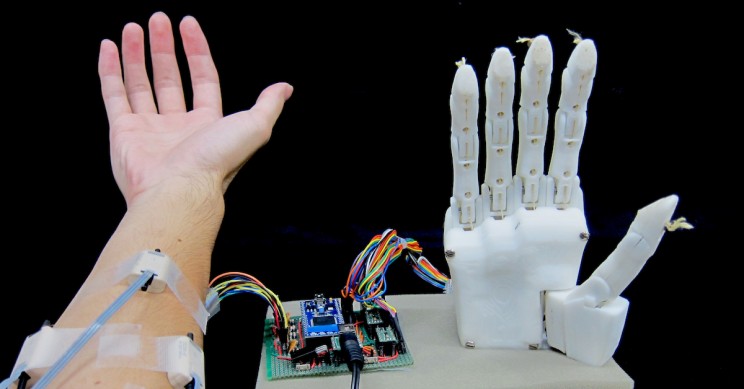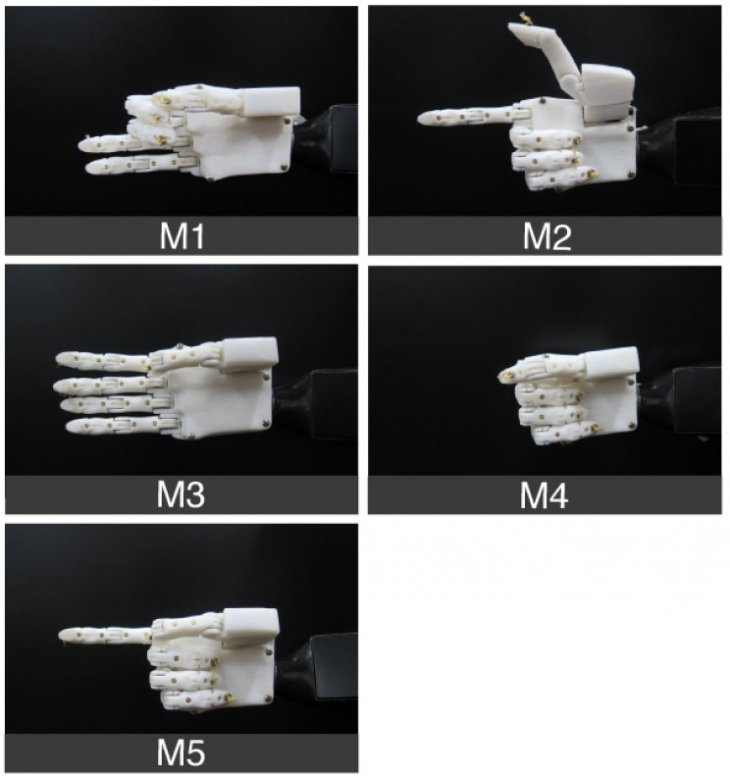New Prosthetic Hand System Offers Minimal Training And Greater Accuracy
Harin - Jun 28, 2019

Researchers create new unique system creates a more 'user-friendly' experience for amputees and could greatly improve their lives.
A new prosthetic hand system is showing great potential in performing natural, detailed finger motions with a high accuracy rate.
The prosthetic hand proves to be easy to use after it has been tested by seven participants. Experts hope that this new technology will help amputees have a better quality of life.
The test participants which include an upper-limb amputee tested the full range of motions of the system.

This user-friendly prosthetic hand system could be science’s big leap towards transforming this technology into a more widely accessible one. The research could be found in the Science Robotics journal.
In the United States, there are about 540,000 upper-limb amputees.
And 50 to 60% of them use prosthetic hands every day to improve their life’s quality. Therefore, it is a must for prosthesis manufacturers to make products as comfortable and as easy as possible.
While newer and more advanced models of prosthetics are coming, there are still a lot of work can be done to enhance the affordability and usability of existing models.
The cost for a myoelectric prosthetic, which is available commercially, ranges from $25,000 to $75,000. Moreover, in order to use it effectively, wearers need a lot of training.
That’s why Akira and his colleagues at Hiroshima University came up with a 3D-printed prosthetic hand that is more adaptable.

The hand consists of 5 independently driven fingers. Its control system runs on the “muscle synergy theory” allowing more complex movements.
With this system, wearers can move the different fingers at the same time more effectively compared to existing models. The hand can help amputees perform everyday tasks more easily, like holding a bottle or holding a book.
Participants using the new system were able to do 10 different finger motions with an accuracy rate of more than 90%.
The work of the team shows great promise for the prosthesis’s future. One of the areas that researchers want to focus on is to reduce the fatigue that users feel when they use the prosthetic system for a long time.
Featured Stories

Features - Jul 01, 2025
What Are The Fastest Passenger Vehicles Ever Created?

Features - Jun 25, 2025
Japan Hydrogen Breakthrough: Scientists Crack the Clean Energy Code with...

ICT News - Jun 25, 2025
AI Intimidation Tactics: CEOs Turn Flawed Technology Into Employee Fear Machine

Review - Jun 25, 2025
Windows 11 Problems: Is Microsoft's "Best" OS Actually Getting Worse?

Features - Jun 22, 2025
Telegram Founder Pavel Durov Plans to Split $14 Billion Fortune Among 106 Children

ICT News - Jun 22, 2025
Neuralink Telepathy Chip Enables Quadriplegic Rob Greiner to Control Games with...

Features - Jun 21, 2025
This Over $100 Bottle Has Nothing But Fresh Air Inside

Features - Jun 18, 2025
Best Mobile VPN Apps for Gaming 2025: Complete Guide

Features - Jun 18, 2025
A Math Formula Tells Us How Long Everything Will Live

Features - Jun 16, 2025
Comments
Sort by Newest | Popular